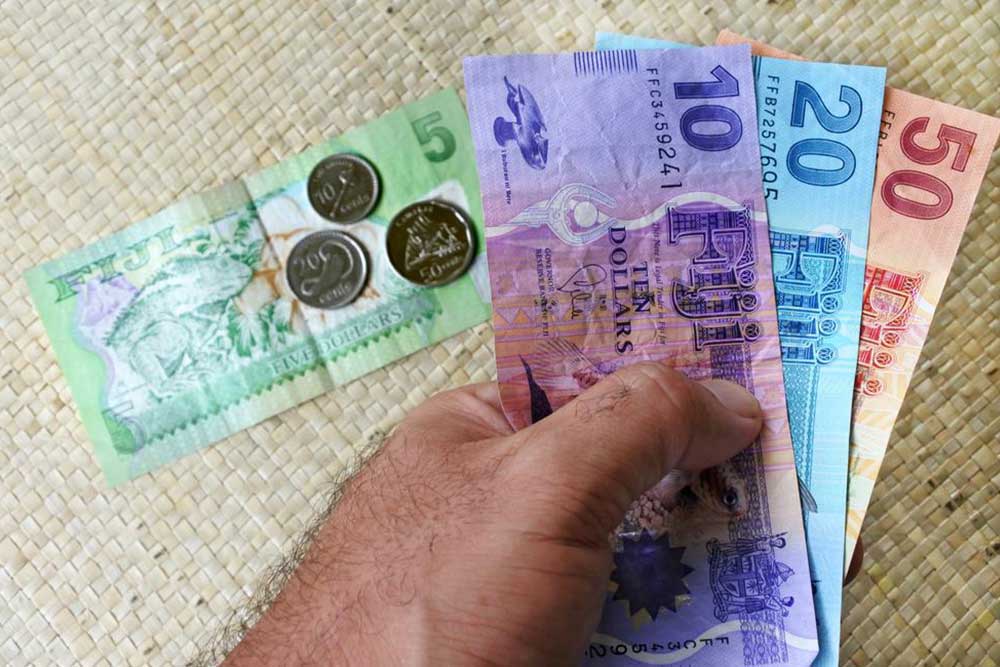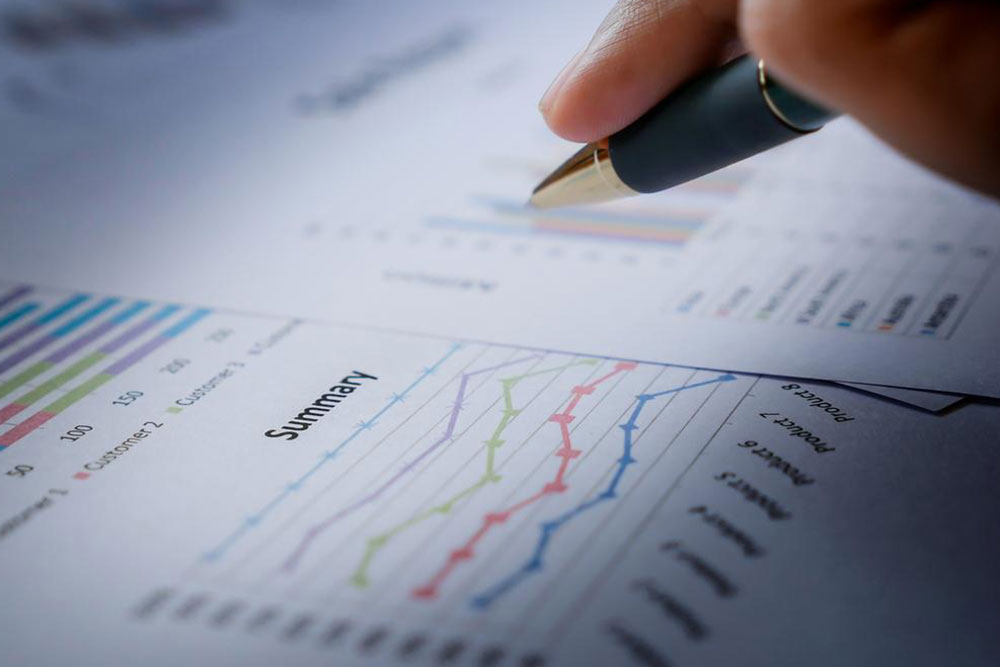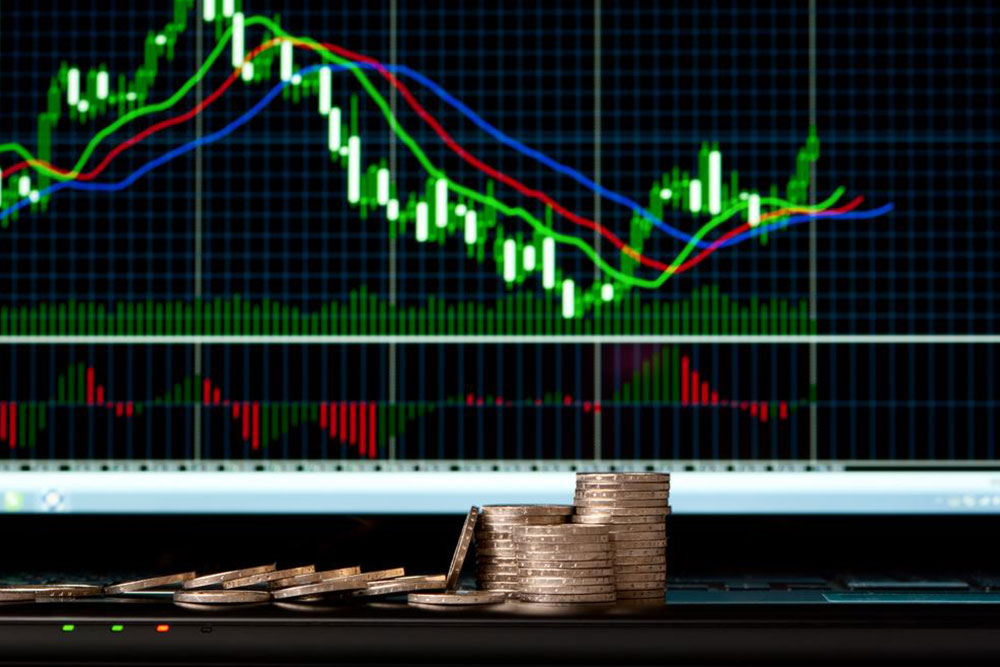Comprehensive Beginner’s Guide to Forex Trading: Strategies, Tips, and Market Insights
This comprehensive guide provides beginners with essential insights into forex trading, including market basics, trading strategies, risk management tips, and practical steps to start trading confidently. Learn how to navigate the complex currency markets effectively and build a solid trading foundation.

Comprehensive Beginner’s Guide to Forex Trading: Strategies, Tips, and Market Insights
Foreign exchange trading, commonly referred to as forex or FX trading, is one of the largest and most liquid financial markets in the world. It involves the exchange of national currencies against one another and operates 24 hours a day across different global financial centers. The accessibility, high liquidity, and potential for substantial gains have made forex trading increasingly popular among individual traders, investors, and financial institutions alike.
Understanding how the forex market functions is vital before stepping into trading actively. This guide aims to provide beginners with a detailed overview of the essential concepts, trading strategies, risk management techniques, and practical tips to succeed in the competitive world of foreign exchange trading.
What is Forex Trading?
The foreign exchange market is decentralized, meaning it does not have a central exchange like stock markets do. Instead, currencies are traded over-the-counter (OTC) through a network of banks, brokers, and financial institutions. This structure allows for continuous trading worldwide, opening in Asia on Monday morning and closing in New York on Friday evening.
Forex trading fundamentally involves matching buyers and sellers of currency pairs. Participants speculate on the movement of currency prices, hoping to buy low and sell high. Because currencies are traded in pairs, every trade involves two currencies, such as EUR/USD (Euro/US Dollar), GBP/JPY (British Pound/Japanese Yen), or AUD/CAD (Australian Dollar/Canadian Dollar).
Understanding Currency Pairs and Quotes
Currency pairs consist of two currencies: the base currency and the quote currency. The base currency is listed first and represents the currency you are buying or selling, while the quote currency indicates the cost of one unit of the base currency in terms of the second currency.
For example, in the EUR/USD pair, EUR is the base currency, and USD is the quote currency. If the quote shows 1.2000, it means 1 Euro can be exchanged for 1.20 US Dollars. The value of this pair fluctuates constantly due to various economic, political, and market factors.
Forex quotes are usually expressed in two formats: decimal prices (e.g., 1.2000) or fractional pips. A pip, short for 'percentage in point,' is typically the smallest price movement in a currency pair—most commonly the fourth decimal place (0.0001).
Key Concepts in Forex Trading
Bid and Ask Price: The bid price is the highest price buyers are willing to pay, while the ask price is the lowest price sellers are willing to accept. The difference between them is called the spread, which represents transaction costs.
Leverage: Forex trading often involves leverage, allowing traders to control larger positions with a smaller amount of capital. While leverage can amplify gains, it significantly increases the risk of losses.
Margin: The deposit required to open a leveraged position. Proper understanding of margin requirements is essential to avoid margin calls and manage risk effectively.
Long and Short Positions: Going long means buying a currency pair expecting it to rise in value, while going short means selling it expecting a decline.
Pips and Lots: Pips measure price movement; lots define trading size, with standard lots typically being 100,000 units of currency.
Trading Strategies for Beginners
Successful forex trading involves employing effective strategies aligned with your risk appetite and market analysis. Here are some beginner-friendly approaches:
Trend Following: Identifying and trading in the direction of established market trends can maximize profit potentials during sustained periods of movement.
Range Trading: Spotting support and resistance levels allows traders to buy at lows and sell at highs within a bounded price range.
News-Based Trading: Monitoring economic indicators, geopolitical events, and central bank decisions can provide timely trading opportunities based on volatility.
Scalping and Day Trading: Short-term strategies focus on quick trades to capitalize on small price movements within the day, requiring discipline and keen market observation.
Risk Management and Best Practices
Given the volatile and leveraged nature of forex markets, effective risk management is crucial for long-term success. Some best practices include:
Use Stop-Loss and Take-Profit Orders: These automatic orders help limit losses and lock in profits at predefined levels.
Employ Proper Position Sizing: Ensure that any single trade does not risk more than a small percentage of your trading capital.
Maintain a Trading Journal: Document trades, strategies, and outcomes to learn from past mistakes and refine your approach.
Stay Informed: Follow financial news, economic reports, and geopolitical developments that influence currency markets.
Getting Started in Forex Trading
To begin your forex trading journey, follow these steps:
Choose a reputable forex broker with transparent fees, good customer support, and proper regulation.
Open a demo account to practice trading without risking real money. Use this phase to learn platform navigation and test strategies.
Develop a trading plan that includes your risk tolerance, goals, and preferred strategies.
Start with small live trades once comfortable. Gradually increase your trading size as your experience grows.
Continuously educate yourself through online courses, webinars, and trading communities to stay updated and improve your skills.
Forex trading offers exciting opportunities but also requires knowledge, discipline, and consistent effort. By understanding market fundamentals, employing sound strategies, and managing risks prudently, new traders can build a solid foundation for success in the dynamic world of currency trading.





